I spent lunch time today welding up a couple of boats. The first was a 6 month old Pyranha Karnali which had been damaged after its pilot left it to run the Morriston River Race by itself. First impressions indicated that the nose of the boat has been turned up, however the hull shows no sign of deformation.
Category: Outfitting (Page 11 of 11)
This has to be a must buy for any paddler. The Black Witch glue is perfect for repairing rips, tears and nicks in spraydecks, wetsuits etc. I always have a tube kicking round just in case and have in the past made some substantial repairs to a couple of my Playboater decks.
Once open the glue within the tube can go off fairly quickly. Keeping it cool (even in the fridge) can help prolong its shelf life.
One of the biggest issues with the backrest in some Pyranha kayaks is the webbing sometimes twists, becomes quite stiff and can as I have found then dig right into your side. With the aid of some new tubular tape, some new climbing accessory cord and a sewing machine the issue was solved.
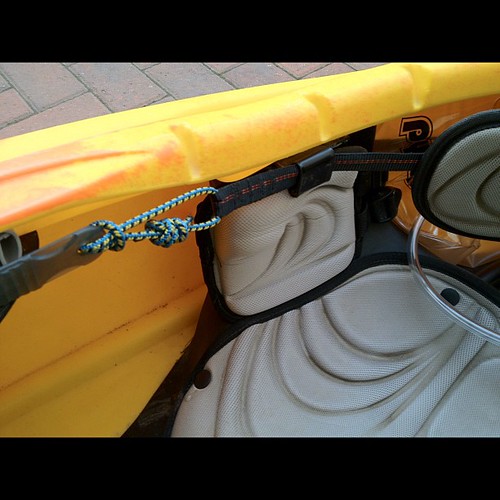
Time: 30 minutes max.
Cost for materials: £2
Thanks to a rocky ditch in Scotland and a very trusting Nathan Butler I spent a few hours this evening welding a Liquid Logic Stomper back together.
The split in the hull was fairly substantial being around 25cm long and stretched from just in front of and then under the seat. The first job was to remove the seat. This was really easy and took a couple of minutes. The parts were put safely to one side. The repair tape was removed and the split cleaned out and trimmed to expose fresh plastic.
I had a bit of time today so had a go at modifying my two throw lines. I much prefer the “clean” rope principle where the end of the throw line that you keep hold of is a clean piece of rope i.e. has no knots or tubing.
Before:
After:
The second modification I carried out was the removal of the tubing from the bag end of the line and the reduction in the size of the loop. The idea is that the loop is big enough to clip a karabiner into but is far too small to get a hand stuck.
I have always used airbags in my boats as they prevent part of the boat filling with water during a capsize. After a recent forced swim I was interested in how heavy my boat was when it was filled with water.
I currently have a couple of liquid logic boats – a Stomper 90 and a Biscuit 65. The Stomper has a volume of 90 gallons or approximately 341 litres. The Biscuit has a volume of 65 gallons or approximately 246 litres.
Here’s the maths –
1 Litre – The space occupied by 1 kg of pure water at the temperature of its maximum density (3.98 °C) under a pressure of 1 atmosphere.
Assuming that my Stomper (all fittings removed) is filled with pure water at 3.98 °C at 1 atmosphere then the mass of the water would be 341 kg! The fittings within the Stomper will of course reduce the volume of water able to occupy the space.
My current set of airbags within the Stomper have a total volume of 60 litres. Therefore they would prevent 60 litres or 60 kg of water to occupy an area within the boat.
So lets assume I have taken a swim and that my Stomper has filled with water (no air pockets left), and as an over estimate lets assume that all of the fittings and the airbags prevent half of the 341 litre volume being filled with water. Therefore the 170.5 litres of water in the boat has a mass of 170.5 kg. This gives a total mass including the actual boat (21 kg) of 191.5 kg. This by any measure is heavy and puts the importance of using airbags into perspective. It also explains why the boat was so heavy when I was hauling it out of the River Tees a few weeks ago!
A common problem faced by paddlers each time they buy a new boat. Reasons for such problems can be placed in to one of two categories;
* The paddlers kit is letting the water in.
* The boat is really leaking.
If your paddling kit doesn’t fit correctly it will leak and yes the boat will fill with water. If it’s a simple case of ill fitting cag or deck then the solution may be easy but expensive – get some kit that fits. On the other hand your kit may need a little TLC – check seals/seams and repair or replace as necessary.
Continue reading
From the very first moment you sit in a boat you start to get “a feel for it”, how it fits and possibly even how it may perform. As beginners we start off in boats that may be used by many different size paddlers, which results in cockpits being kept clutter free. Loose, comfortable boats feel good on flat water, but they can make leaning and bracing difficult. Once the boat is padded to provide a close, body-hugging fit that still allows for quick and easy water exits, performance can dramatically improve. This same rule applies to all levels of kayakers, whether they’re paddling easy whitewater, big water runs or creeks. Customised outfitting helps transfer every trace in the river’s current through the kayak’s hull to your body, helping you sense your surroundings, make critical maneuvers and maintain your balance, thus staying upright!
Since paddlers press against their boat’s inner hull with the small of their backs, butts, hips, thighs, knees and feet, it is these key areas that should be customised to match the shape and size of the paddler. To make this as easy as possible I am going to break the cockpit into a handful of sections and tailor each one to help you get the best control possible from your boat.
Continue readingBefore I discuss the fitting of such devices in a boat I need to make something perfectly clear – Any device that slows down or restricts your exit from your boat is DANGEROUS, there is a reason why they are termed SUICIDE STRAPS. If you are daft enough to fit a lapstrap, thigh straps or any other system then it is at your own risk. Unsponsored and the kayakers who have submitted images of there systems take NO RESPONSIBILITY for damage caused to boats or lives resulting from the use of such systems. You’ve been warned! If you do decide to install a system please take note of the following guidelines:
Any system MUST be quick release
Any system MUST be quick release
If you’re getting munched in a hole you must be able to get out
Any system MUST be quick release
You get the message!
Fitting a strap system
For this job you will be dealing with the seat of your boat. There is no need to drill or tamper with the boat shell. This could easily mean leaks, or permanent damage!
Continue reading
The HOG (Hand of God) is a helmet retention system that comes fitted as standard to all new Shred Ready helmets but is also sold individually as an upgrade.
This guide shows the fitting of a HOG to a Shred Ready Scrappy helmet, although the same principles apply if you wished to fit a HOG to another helmet brand.
Continue reading
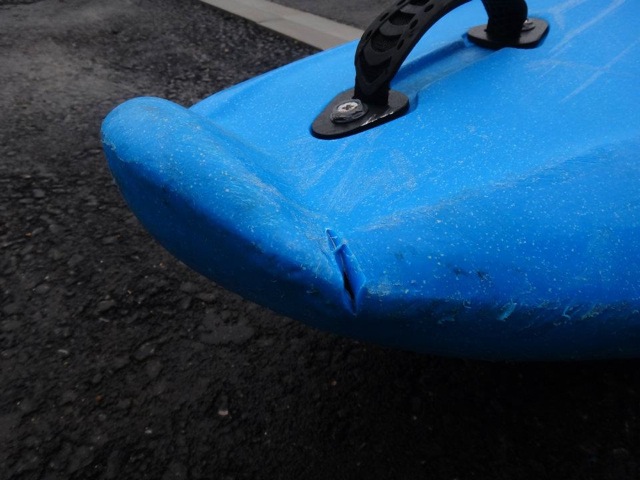
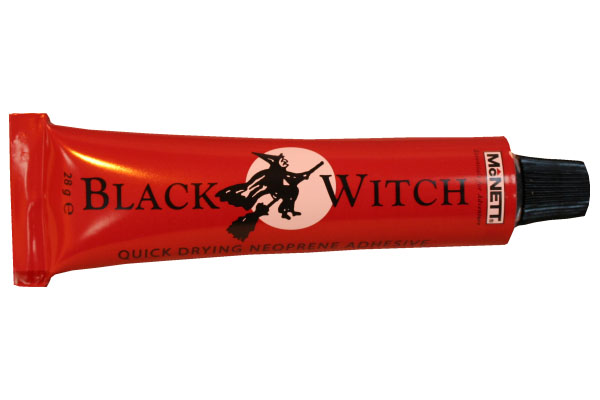
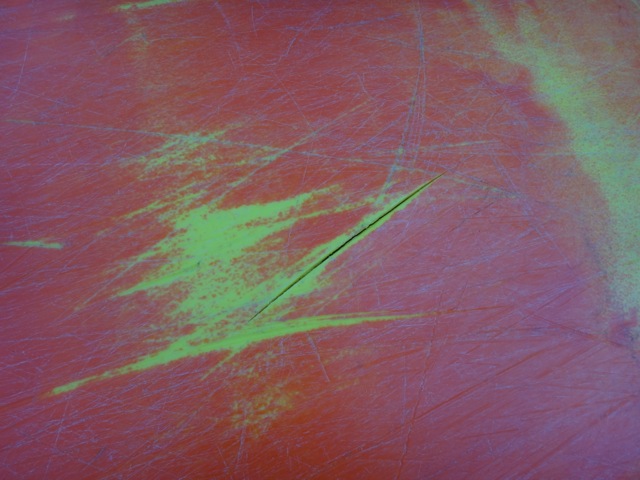
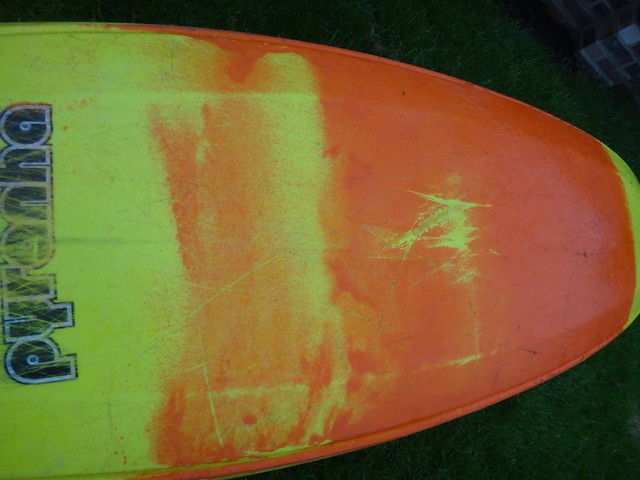
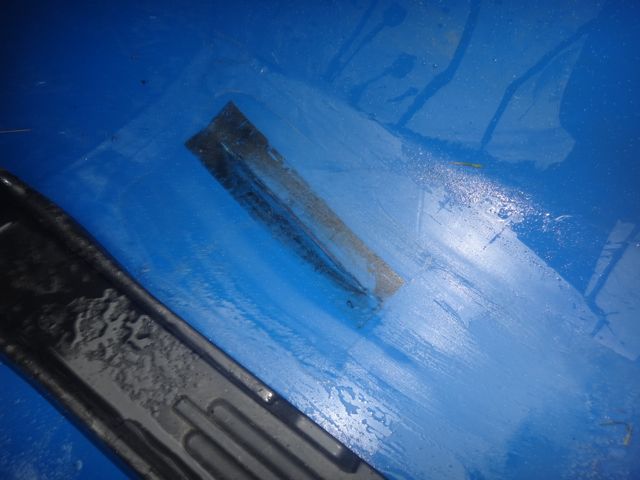
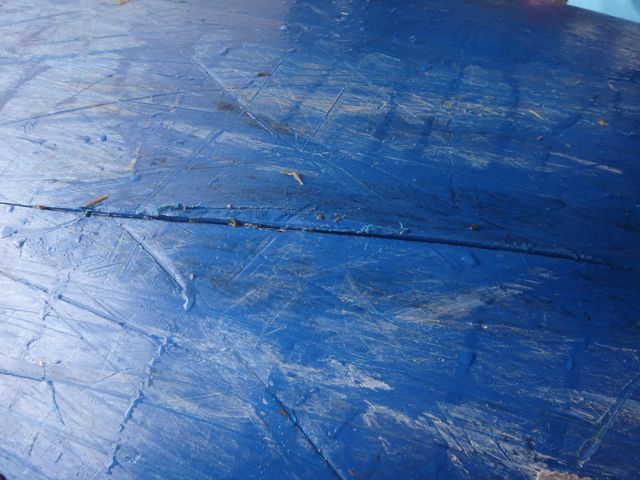
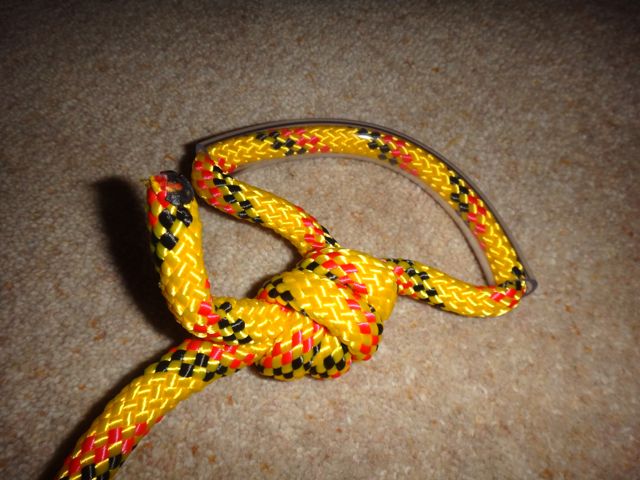
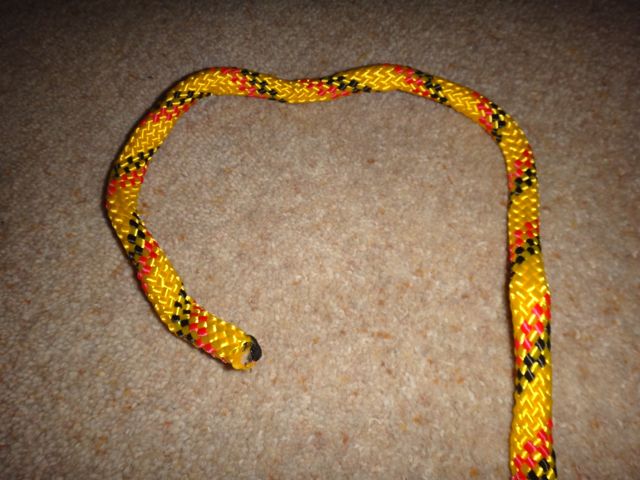

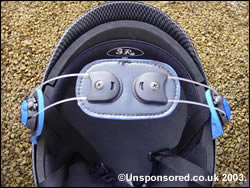

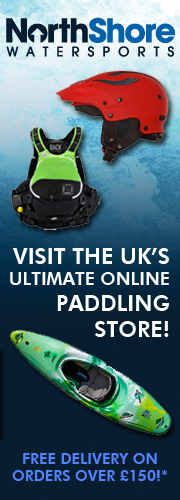
Recent Comments